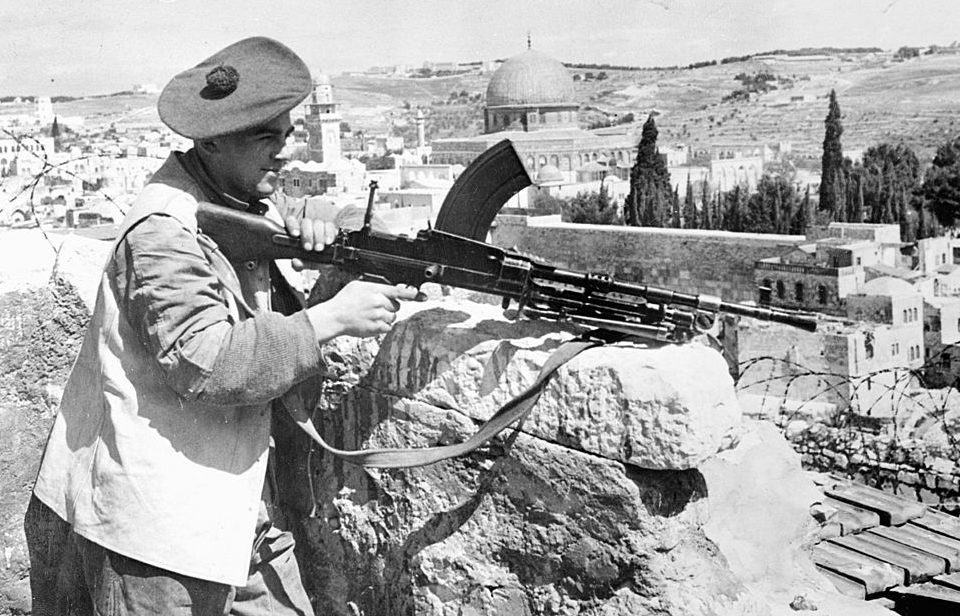The early 20th century featured both massive wars and rapid advances in technology. Among the most prominent and effective weapons to emerge during this time were smaller and lighter firearms. The Bren light machine gun was one of these, and it was heavily used by British soldiers over the course of the Second World War.
The British wanted a lighter machine gun
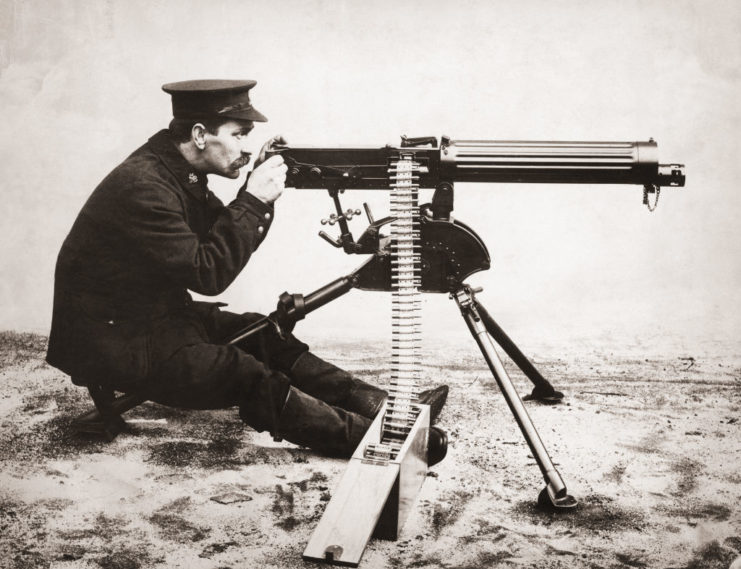
During the First World War, British soldiers chiefly used two machine guns: the Vickers and Lewis. The Vickers medium machine gun was problematic, as it was heavy and needed a six- to eight-man team to carry it. The weapon also needed a steady supply of water to keep it cool. The Lewis light machine gun didn’t need water. It would, however, overheat when continuously fired, rendering it inoperable.
Trials to find a replacement for both guns began in the early 1920s. In 1933, the ZGB 33 was selected, with more samples being produced over the subsequent two years. It was then the weapon was officially adopted by the British, under the “Bren” name.
The Bren light machine gun was inspired by a Czech weapon
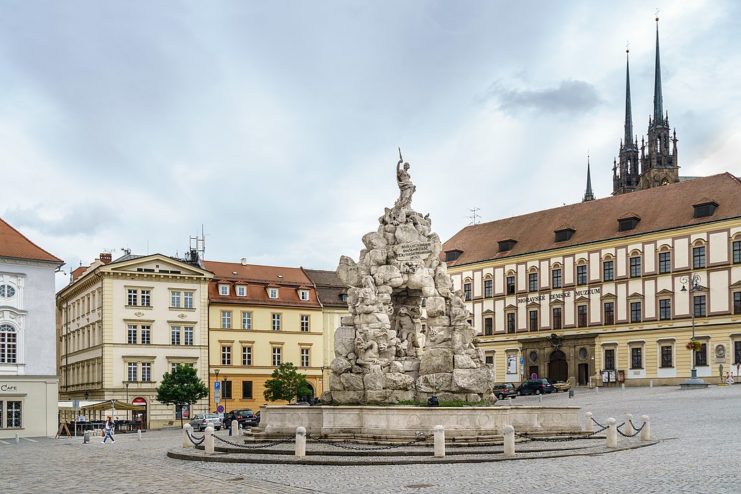
The Bren light machine gun’s design was based on the Czechoslovak ZB vz. 33 light machine gun. The weapon was popular in Europe, due to its efficiency. Originating from the ZB vs. 26, the gun was easy to manufacture, featured quick-change and simple components, and was reliable. As well, it used the standard 7.92 x 57 mm Mauser round, of which it could fire 500 per minute.
The Bren was designed in Moravia, Czech Republic, and its name was derived from the town of Brno. While the Vickers machine gun was belt fed, the newer gun used .303 magazines, the same ammunition fired by the Lee-Enfield. The Bren’s magazine gave it a slower rate of fire, at around 500-520 rounds per minute, which helped prevent it from overheating.
Troops could operate the Bren via either a bipod, tripod or by being mounted on a vehicle, and it didn’t need liquid-fueled cooling jackets. This helped make the machine gun relatively light.
Used heavily by British forces during the Second World War
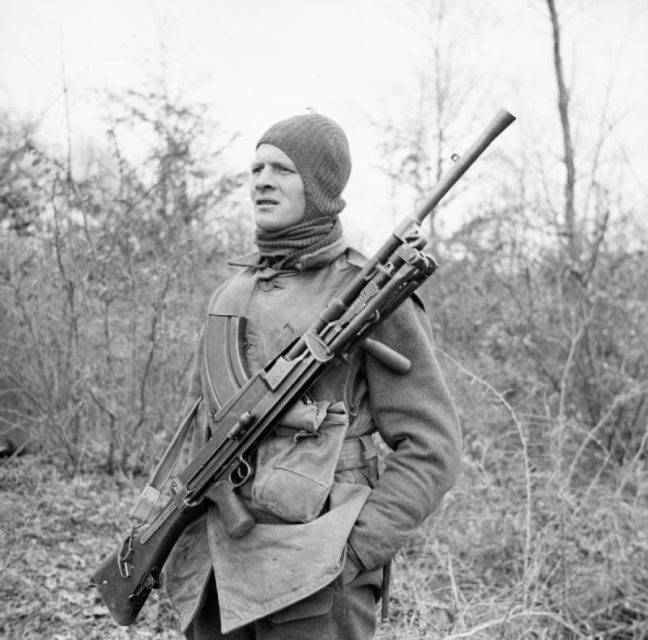
The Bren light machine gun Mk I was first introduced in September 1937, and it wasn’t long before Britain found itself involved in the Second World War. The Mk I was unsuitable for mass production, so a new model had to be developed. The Mk II donned a significantly simplified layout, which saw a number of ergonomic features and the previous variant’s ornate wood design eliminated to increase the rate of production.
The Bren was extensively used by British troops during the North Africa Campaign. British troops were fond of the machine gun and considered it a significant improvement over past ones. The only thing they had to be careful with was keeping the Bren clean of dirt, which could be a difficult task in the North African desert.
Use following the Second World War
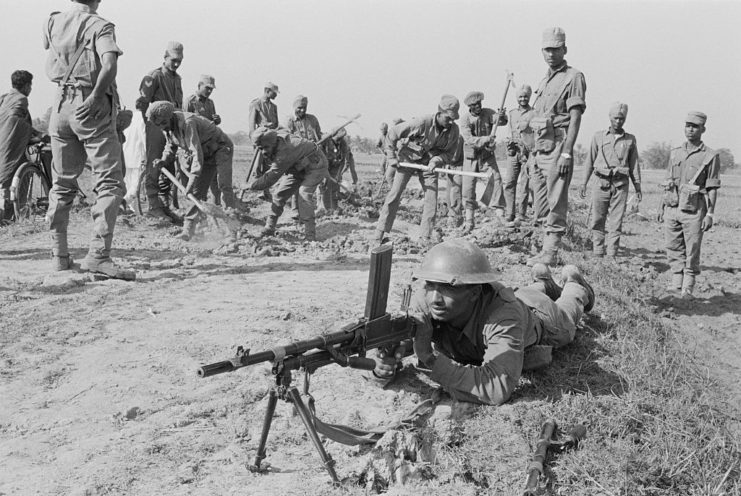
The Bren light machine gun acquitted itself well during World War II, so much so that other nations wanted to equip their forces with it. During the conflict, Australia, Sri Lanka and France utilized the weapon, and the Germans kept any that were captured. The guns were also airdropped to members of the Italian resistance.
In 1948, Israeli forces used the weapon during the Arab-Israeli War, and they continued to use it through to 1956. Indian soldiers were equipped with the machine gun during the 1971 Indo-Pakistani War. The Bren was also heavily used in China; tens of thousands were produced in Canada and purchased by the National Revolutionary Army, with many that were captured being used during the Korean War.
In the 1960s and ’70s, the Bren light machine gun was heavily used by the Rhodesian Security Forces during the Rhodesian Bush War. They were re-chambered to accept 7.62 mm cartridges, and saw use until they were replaced by the Belgian FN MAG.
The Bren light machine gun was around for a very long time
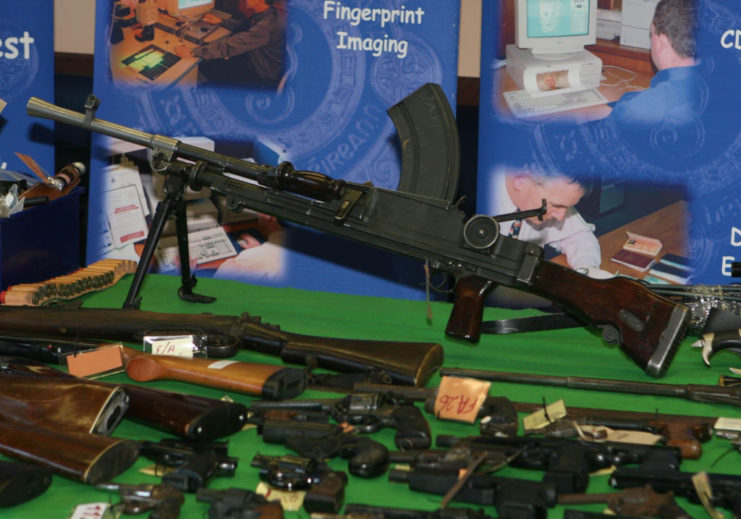
More from us: K31: The Swiss Rifle That’s Become a Popular Collector’s Item
Considering how rapidly weapons technology advanced during the 20th century, the Bren light machine gun was in service for a relatively long time, from 1938-2006. It was last equipped by the Irish military reserve forces.
The Bren was able to remain successful for so long due to its accuracy, weight and construction. While the machine gun is now out of service, it’s influenced all those that followed it. Many could consider it a full-circle moment, considering the weapon itself was heavily inspired by an early one.
